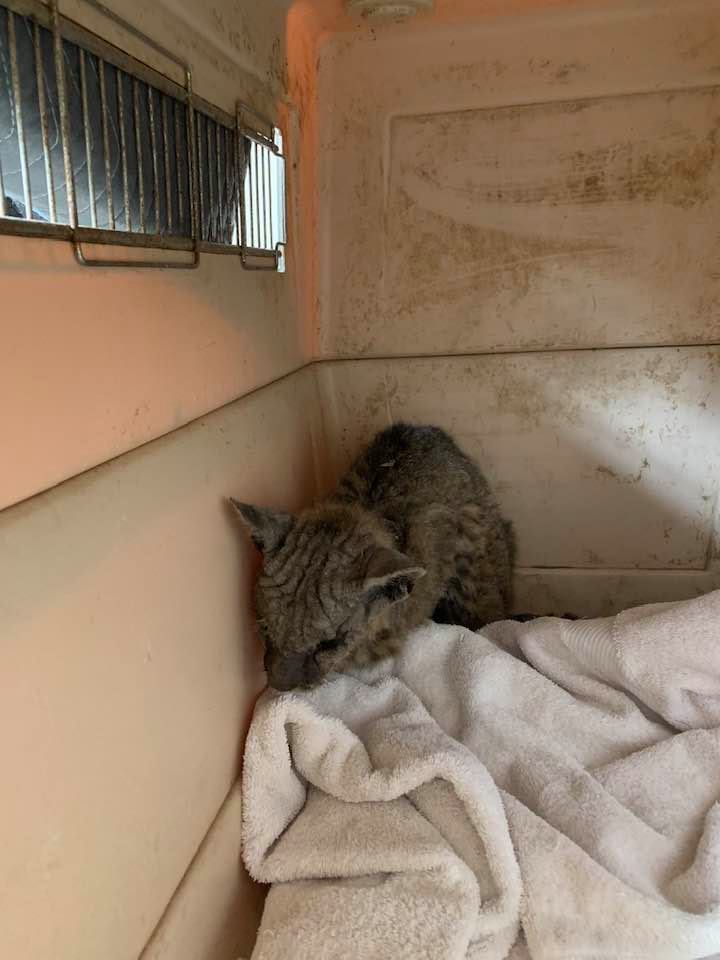WAN Exclusive With Wildlife Care Of Southern California After Another Bobcat Dies Of Rodenticide Poisoning, More Reasons Why You Should Never Use Rat Poison
Photos from: Wildlife Care of Southern California
Many threats are currently facing wildlife throughout the U.S. including the devastating wildfires currently burning in California, Oregon, and Washington. Other threats, such as poisoning by rodenticides, are not as talked about but are negatively impacting the survival of many species.
Sadly, this invisible and silent killer claimed the life of yet another wild animal this week; a bobcat suffering from mange after most-likely ingesting a poisoned rodent.
It is excruciating for the poor animal and senseless!

WAN talked exclusively with Anna Marie Reams, the Founder and Executive Director of Wildlife Care of Southern California, about the emaciated bobcat that she recently rescued (pictured above) from the Topanga Mountains and tried to save.
In a heart-wrenching social media post, Reams, who specializes in working with coyotes and the more-elusive bobcats who have mange due to rat poision, explained that she did not want the bobcat to die “without people knowing his fight.”
“He was a male bobcat and weighed in at 8 pounds where he should have weighed at least 20 pounds,” shared Reams, further explaining that the animal was suffering from mange and was extremely dehydrated, anemic, and his gums were white.”

“It has been proven by the National Park Service that wild animals are predisposed to mange after they ingest poisoned rodents which compromise their immune systems. The poison is stored in the liver further attacking the body,” explained Reams.
“Poison bait is a common method of ground squirrel and rodent control because it requires relatively little labor when compared to other methods. It involves distributing bait which is put in bait stations in and around agricultural buildings, livestock or domestic areas, crops, orchards, groves, vineyards, campgrounds, restaurants, golf courses, recreational areas, and nurseries, just to name a few,” Reams told WAN. “The irony in using this poisoned bait is that they are an attractant and will draw rodents in. Once the rodent consumes the bait, it could take up to four days to die. That is when a predator, such as this bobcat or a coyote, will catch him and they will die as well.”

Reams told WAN that she receives calls to help wild animals with mange from around the country and Canada.
“As we encroach on wild places, animals and people are forced to live closer together. Wild animals have adapted to urban life and some are benefiting from living within our community and can be beneficial in keeping rodent populations down, but not if we poison their food source,” continued Reams. “By adapting our behavior, we can safely learn to coexist with them, without resorting to poison.
Sadly, the bobcat that Reams rescued passed away as a result of rat poison. That is why it is so important to refrain from using any poison in your yard and look for alternatives.
New anti-rodenticide legislation is now on the desk of California Governor Gavin Newsom. Once signed by the Governor, Bill 1788, The California Ecosystems Protection Act, will ban second generation rodenticide use in California and the use of any rodenticides in state parks.
You can help all animals and our planet by choosing compassion on your plate and in your glass. #GoVeg